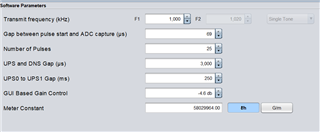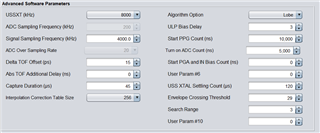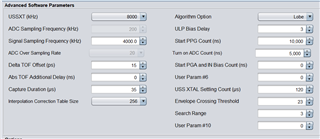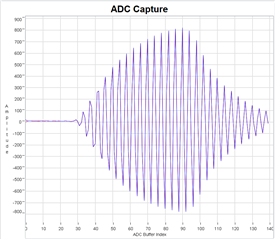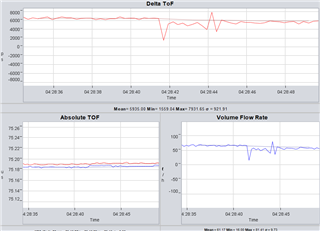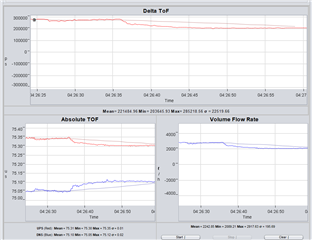Hello,
I am building a water meter solution for my company and now I am at the stage where I am trying to calibrate the devices. I did what was proposed in this thread (Cycle slipping solution) (set USS_ALG_MAX_RATIO_PEAK_2_PEAK_VAR to 0). But I still get a few cycle slips. What I find the most odd is that when the flow increases (between 6 -> 100 l/h), cycle slips also increase. For example when flow increases, from 7770 measurements, across three devices, 123 of these measurements display abnormal values, either positive (~5000 l/h) or negative (~ -2500 l/h), and most if not all appear from 6 to around 50 l/h. When flow decreases, from 15243 measurements only 7 were abnormal. Temperature was also varied from 10 to 40 degrees Celsius but I didn't find any correlation through this. Note that the increase/decrease isn't direct from 6 to 100. It passes through a lot of flows. It may get hundreds of measurements from one flowrate.
What should I do further to eliminate cycle slips?
Is there any more information that you would like to know about my solution?
I saw in this thread that it would be good to reduce signal sampling frequency to 3600 and set USS_ALG_DTOF_WINDOWING_MODE to USS_ALG_DTOF_EST_WINDOW_OPTION_DISABLED. Would these settings help?
This is the configuration that I use
